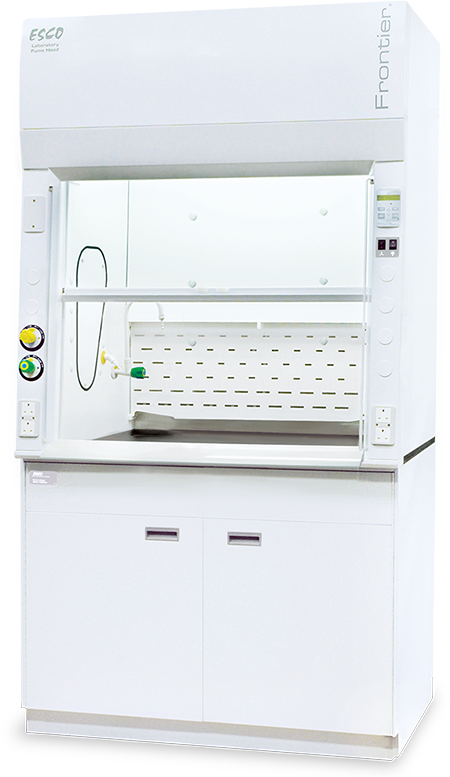Fueling the Future

Fossil fuels are non-renewable resources that provide 80% of the world’s energy. The burning of fossil fuels generates a large amount of energy which goes to heating, electricity, and transportation. Despite being beneficial, this efficient energy source negatively impacts the environment.
Biomass as a Sustainable Alternative
Since fossil fuels are fast depleting, the on-going search for alternatives and more sustainable sources of energy led us to one of many resources known as biomass. Biomass is a renewable and organic resource that comes from plants and animals. It is used to produce biofuels such as bioethanol and biodiesel which are used as additives in fossil fuels to reduce emissions.
TYPES OF FOSSIL FUELS

COAL
A solid sedimentary rock mainly composed of carbon. Based on its carbon content, it can further be classified into anthracite, bituminous, sub-bituminous, and lignite.

OIL
A liquid mainly composed of hydrocarbons. Crude oil is extracted from wells then refined into different petroleum products such as gasoline and diesel.

NATURAL GAS
An odorless gas primarily composed of methane. It is also called dry gas or wet gas depending on the presence of hydrocarbons heavier than methane such as ethane, propane, or butane in the gas mixture.
Bioethanol is produced from raw materials with high sugar or starch content such as sugar cane. Through biological processes using enzymes and microorganisms, the sugar is converted into a flammable liquid, ethanol.

Biodiesel is produced from animal fat or vegetable oil such as soybean. The raw material goes under the process of transesterification to form biodiesel.

Fuel Analysis
Whether it is fossil fuel or biofuel, both products undergo testing for their physical and chemical properties. Some tests included for determining fuel quality are calorific value, density, flash point, pH, and viscosity. Test results that are not within the accepted standards indicate contaminants and impurities in the sample. Handling and testing these materials exposes analysts to different chemicals such as volatile organic compounds (VOCs) which may cause adverse health effects.
Esco Frontier® Ducted Fume Hoods are ASHRAE 110 and EN14175 certified and designed to quickly capture and contain fumes for operator protection.

EFA

EFA-M

EFQ

EFD
Read more here: https://www.escolifesciences.com/solutions/oil-and-gas
References:
[1] Bulent, A., Abdullah, M., & Fereidouni, M. (2011). Soybeans Processing for Biodiesel Production. In Soybean - Applications and Technology. InTech. https://doi.org/10.5772/14216
[2] Madhusha. (2017). Difference Between Biofuel and Fossil Fuel. https://pediaa.com/difference-between-biofuel-and-fossil-fuel/
[3] Nunez, C. (2019). Fossil fuels, explained. https://www.nationalgeographic.com/environment/energy/reference/fossil-fuels/
[4] Tyagi, S., Lee, K.-J., Mulla, S. I., Garg, N., & Chae, J.-C. (2019). Production of Bioethanol From Sugarcane Bagasse: Current Approaches and Perspectives. In Applied Microbiology and Bioengineering (pp. 21–42). Elsevier. https://doi.org/10.1016/b978-0-12-815407-6.00002-2
[5] What are volatile organic compounds (VOCs). (n.d.). https://www.epa.gov/indoor-air-quality-iaq/what-are-volatile-organic-compounds-VOCs